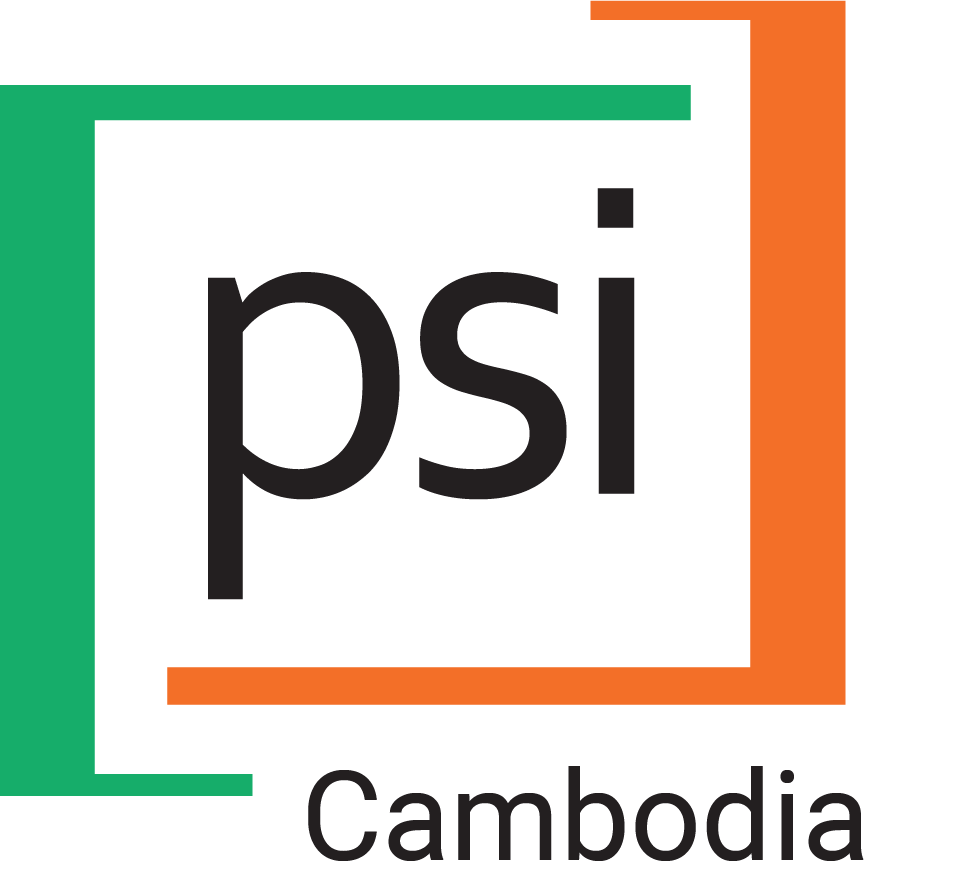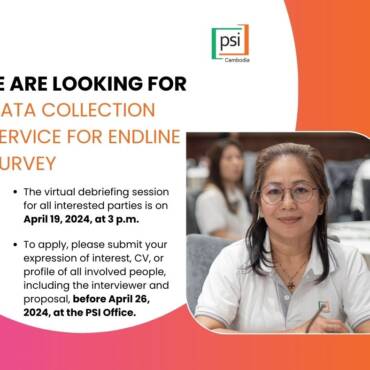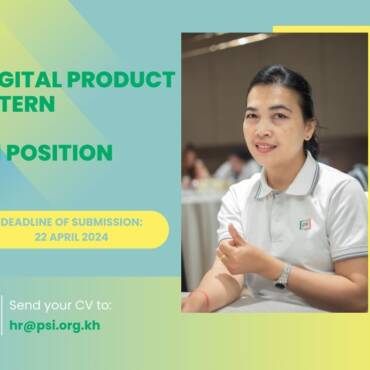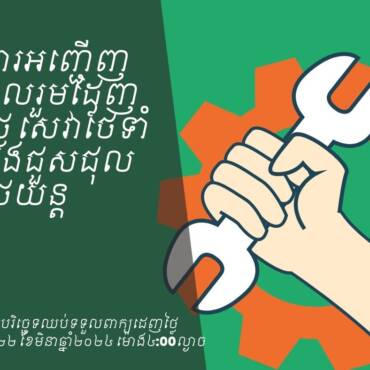“Don’t Wait for Symptoms”
An SBC intervention to increase malaria screening among forest goers
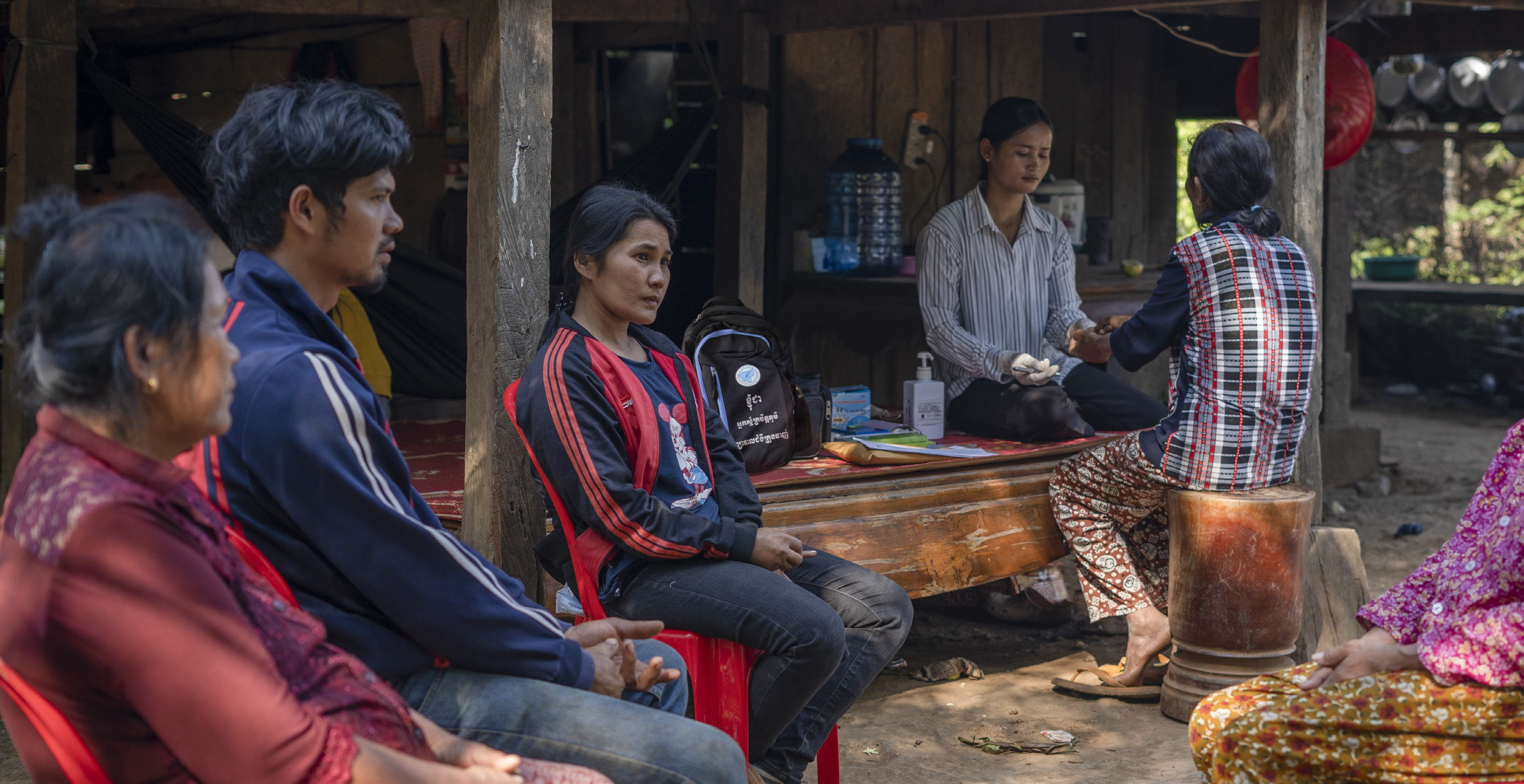
Cambodia has made significant progress in reducing the prevalence and mortality of malaria over the past decade. Cases decreased significantly over this period and deaths dropped from 151 in 2010 to zero in 2018 and until present time. However, malaria prevalence remains high among mobile migrant populations (MMPs), especially forest-goers (FGs) who work in high-transmission areas with limited access to malaria services and information. Intensified, evidenced-based, tailored social and behavior change (SBC) efforts prioritizing high-risk populations (e.g., FGs and MMPs) at the local, district, provincial and national levels is critical for Cambodia to achieve its goal of eliminating malaria by 2025.
The USAID-funded Promoting Healthy Behaviors Project (PHB), collaborate with the National Center for Parasitology, Entomology and Malaria Control (CNM) and with support from sub-national institutions, is implementing an SBC activity with its local partners in Kampong Speu, Kampong Chhnang, Pursat where the prevalence of malaria remains high. Formative research identified key barriers to malaria testing include lack of symptoms and low health risk perception. Thus, a strategy and set of tools are developed and produced to encourage target audiences to get tested for malaria regardless symptoms when exiting forest in order to detect and treat malaria cases early and prevent onward transmission.
KEY MESSAGES
- Main Messages:
- Don’t wait for symptoms
- When exit the forest, get tested for malaria at VMW/HC
- Secondary Messages:
- Don’t allow yourself to get severely ill from malaria
- Don’t lose time and money because of malaria
- Don’t bring malaria back home
- Don’t take the risk of contracting malaria or your family will have to take over your work
- Don’t spread malaria to others
- Don’t make your village sick with malaria
TARGET AUDIENCES
- Primary Audiences: Forest goers, through a local approach (no mass media and national outreach)
- Secondary Audiences:
- FG community (including wife, former forest goers and any people likely to influence FGs’ behaviors and decision)
- Community providers (VMW)
BEHAVIORAL OBJECTIVES
- Encourage all FGs, including women and men and all ages to visit VMW or public health facilities for malaria testing when they exit the forest regardless symptoms
STRATEGIES AND TOOLS
TO RAISE AWARENESS AND PROMOTE TESTING FOR MALARIA
PHB’s malaria intervention utilizes several methods to deliver key messages to target audiences and use prompts to remind them to get tested for malaria every time they exit the forest regardless symptoms.
- Visual communications in the village (posters, billboards and banners)
- VMW loudspeaker in the village
- VMW house visit to pitch intervention
- Word of mouth and social influence
A number of visual communications with key malaria SBC message are installed in and around the village before house-to-house visits:
- A banner is installed in the village main road
- A billboard is installed at the forest exit/entrance
- Posters are distributed and displayed at locations FGs frequently visit:
- The VMW house
- The village chief house
- Other locations frequently visited by FGs – grocery shops, coffee shops, private houses villages gather
A set of recorded messages are played over loudspeaker in the targeted villages to reach FGs and their influencers to remind them to test for Malaria. Loudspeaker is an ideal reminder tool as target audiences are often illiterate or without access to core media channels such as radios, televisions and social media networks.
TO ENGAGE WITH FOREST GOERS AND INFLUENCERS AND ENSURE CORRECT ADOPTION OF MALARIA TESTING BEHAVIOR
Initial (first month of intervention) house-to-house visits are conducted by the VMWs to reach FGs during the short time they have between forest visits. Tools are provided to inform and remind FGs to always test for malaria when they exit the forest regardless of symptoms:
- Two badges are given to FGs as personal reminder to get tested each time they come home from the forest
- A calendar is given to FGs to mark the dates they and their family tested and as positive reinforcement to maintain their testing behavior
To create testing routine, each time FGs and their families get tested they are given a sticker by VMWs with names of the people tested and date. FGs are then to stick it on their calendars on the date tested. This activity aims to build satisfaction, pride and elicit positive feeling by visualizing their testing routine – knowing that they are looking after themselves and their families.
A follow up house-to-house visit 4 months after the initial visit will be carried out by VMWs. During this visit VMWs can perform malaria test and to provide anti-malarial medication if appropriate. VMWs will continue to remind FGs about the importance of testing every time they exit the forest, check with FGs on their calendar usage and assist FGs to make their next testing appointment base on the last tested date on their calendar.
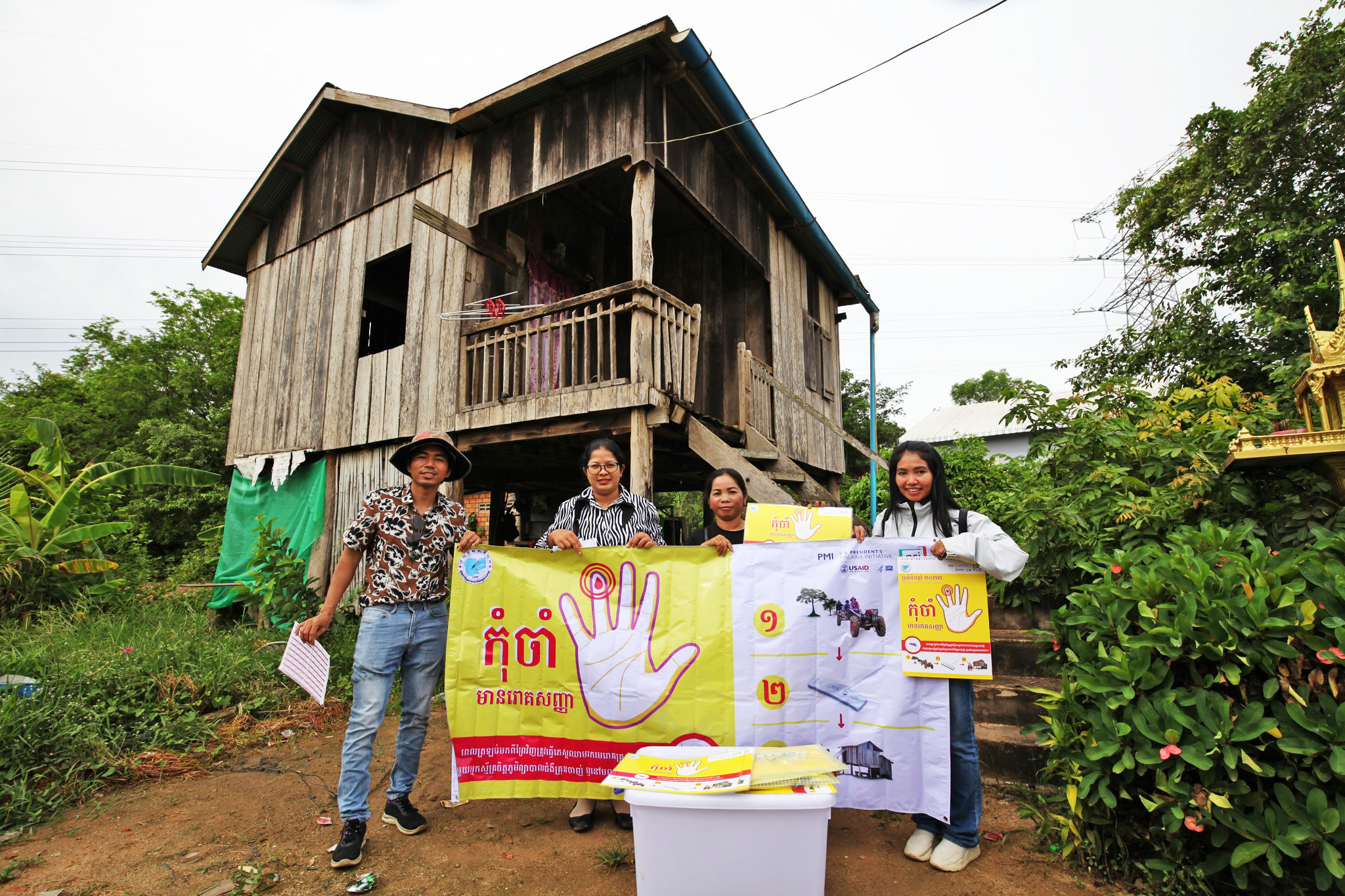
MONITORING, EVALUATION AND LEARNING
PHB conducts ongoing monitoring of this and all its SBC activities, capturing data in terms of activities implemented, people reached, and materials distributed, as well as information on beneficiaries’ knowledge, attitudes, and behavior prior to and after exposure to PHB’s activities. Results and lessons learned are used to iterate and improve the SBC activities, and are regularly shared with the wider SBC community.
* The Promoting Healthy Behaviors (PHB) Activity is a USAID-funded Social and Behavior Change project that commenced in 2018. The goal of PHB is to improve health behaviors among Cambodians and ensure they seek and receive quality healthcare with decreased financial hardship. PHB initially targeted 6 key health areas: Maternal & Child Health; Nutrition; Water, Sanitation and Hygiene (WASH); Tuberculosis; Family Planning; and Malaria. In 2020-2021, PHB also implemented COVID-related activities in response to the global pandemic. Towards the end of 2021, noncommunicable diseases (NCDs) were added to PHB’s health portfolio, and the project was extended until June 2025.
